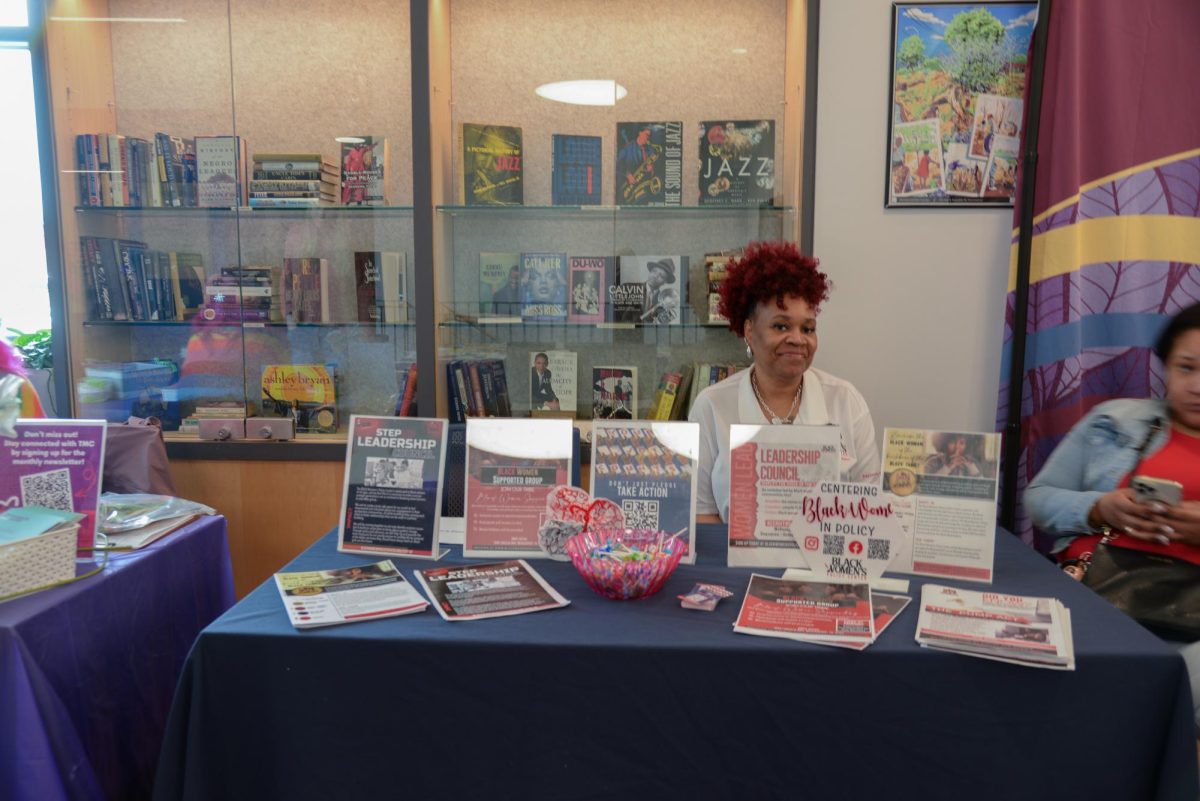Talk: Wes Craven not a scary guy
April 5, 2005
One of the best-known directors of the horror genre, Wes Craven spent his childhood subject to… One of the best-known directors of the horror genre, Wes Craven spent his childhood subject to a strict Baptist upbringing. After earning the master of arts degree in philosophy at Johns Hopkins University, Craven delved into the art of filmmaking, initially working as a sound editor for a small postproduction company.
In 1972, he made his directorial debut with “Last House on the Left” and later directed highly successful horror films such as “The Hills Have Eyes,” “A Nightmare on Elm Street” and “Scream.” His latest film, “Red Eye,” is set for release in September.
Last night, Craven sat down with The Pitt News to kill any misunderstandings about his career.
The title of your new film is “Red Eye.” Does this refer literally to a red-eyed villain, or does the title hold other connotations?
No, it has a much more mundane reference. It takes place on a red-eye flight from Texas to Miami. The whole second act of the film takes place on that airplane. It just gets more and more intense. It’s a psychological thriller, not a horror film.
In your opinion, what types of scenarios make for the most effective horror films? Those involving normal, everyday situations going horribly awry, or those in which supernatural creatures terrorize human beings?
I’ll tell you why they’re doing these supernatural and ghost things now. It’s the Republicans. The thing about [the movies] is, there’s no blood. Or if there is, it’s supernatural blood. The idea of the stalking killer was really assailed by the right wing. In fact, “Scream” was shown in the Halls of Congress as an example of everything that’s wrong with American cinema. And we were held responsible for things like Columbine and everything else.
So is censorship in the movie industry a problem, then?
There’s really a very subtle censorship thing going on where it’s not declared, but the studios are shying away from the harder stuff in general. When the Japanese ghost stories started doing well — I think it started with “Blair Witch” where nothing really happened — you could make a lot of money and have a broader audience. Getting a PG-13 rating became the operative thing. Studios have this glossy look in their eyes of PG-13.
Your films “A Nightmare on Elm Street” and “Scream” redefined the teen horror movie. As they are two of your most famous works, are they your personal favorites, too? Can you even choose favorites?
No, I mean, they’re kind of like all my kids, you know? I like different ones for different reasons. Some just should have never gotten made. Pretty much the ones that had a lot of studio interference, like “Deadly Blessings.”
When I made “A Nightmare on Elm Street,” it was basically a script about anybody saying anything. I just did it because I had money in the bank after doing two films. I just wanted to write something about this idea that I had. Pretty much, Bob Shea stayed out of it until the very end. He wanted something that was a hook for a sequel. But other than that, it was pretty much exactly what I wanted. Obviously, it did well. So I liked that film.
One of your final Freddy Krueger films, “Wes Craven’s New Nightmare,” offers an interesting look at filmmaking. Did you have any specific artistic intentions for making this movie?
It kind of looks at the way we all look at the world so often through the prism of artifice. You know, there’s cameras everywhere, and everything is a movie and movies are all real life. It’s all getting kind of strangely mixed up.
I wanted to make a film that basically asked the question, “What would happen if the censors had their way and Freddie, in the movie, was squashed, if he wasn’t allowed to be on the screen because he was too horrible, too disturbing, whatever?” The idea being that behind things like Freddie Krueger, the invented character, there is a real thing. It’s something buried in the human psyche. But it is that evil, that part that delights in killing innocence, basically. And that if it’s not somehow contained in narrative stories that the artist can tell, that it will be unleashed in a way that will go into reality. So it’s just the opposite of what the censors think they’re doing.


